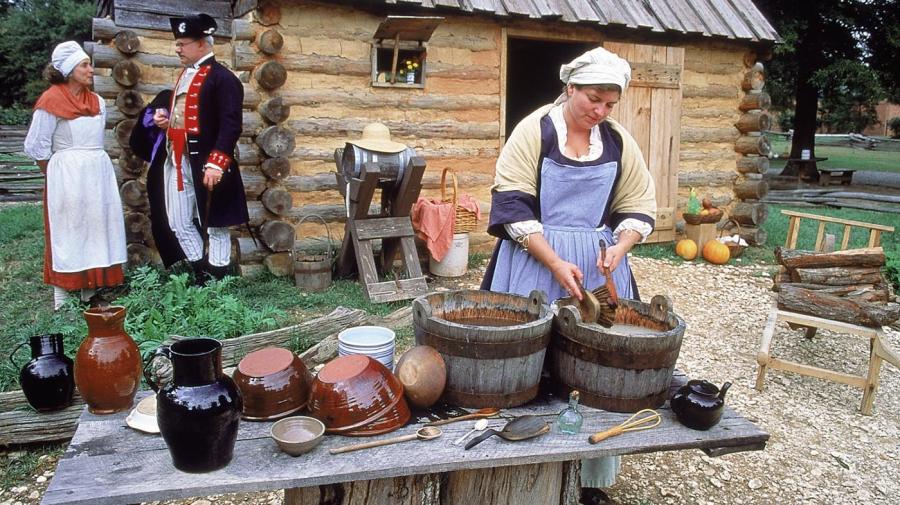What Made the Middle Colonies a Good Place to Settle?

The Middle Colonies were good places to settle because they had fertile farmland, plenty of sun and rain and natural transportation methods. The Delaware and Hudson River, for example, were ideal bodies of water for transporting produce and crops.
The Middle Colonies consisted of New York, Pennsylvania, New Jersey and Delaware. They were called the breadbasket of the colonies because of the grain that was grown there. Most of their inhabitants were farmers.
New York, originally called New Amsterdam, was given to the Duke of York. It was settled by a variety of immigrant groups, including the Dutch, Belgians, French and English. New Jersey originally also belonged to the Duke of York, but he gifted it to two of his friends, Sir George Cateret and Lord John Berkley. Cateret and Berkley sold the land to the Puritans and the Quakers. Quakers, Puritans and Dutch and French Protestants settled in this colony, along with a mixture of English and Irish settlers.
Pennsylvania was once known as the “Holy Experiment” and was established for Quakers by William Penn after the king of England gifted the colony to him for familial service to the crown. The Quakers settled here to escape religious persecution in England, becoming farmers. Wheat was the main crop grown in Pennsylvania. Delaware was also part of the land granted to William Penn, but eventually, it became its own colony.





